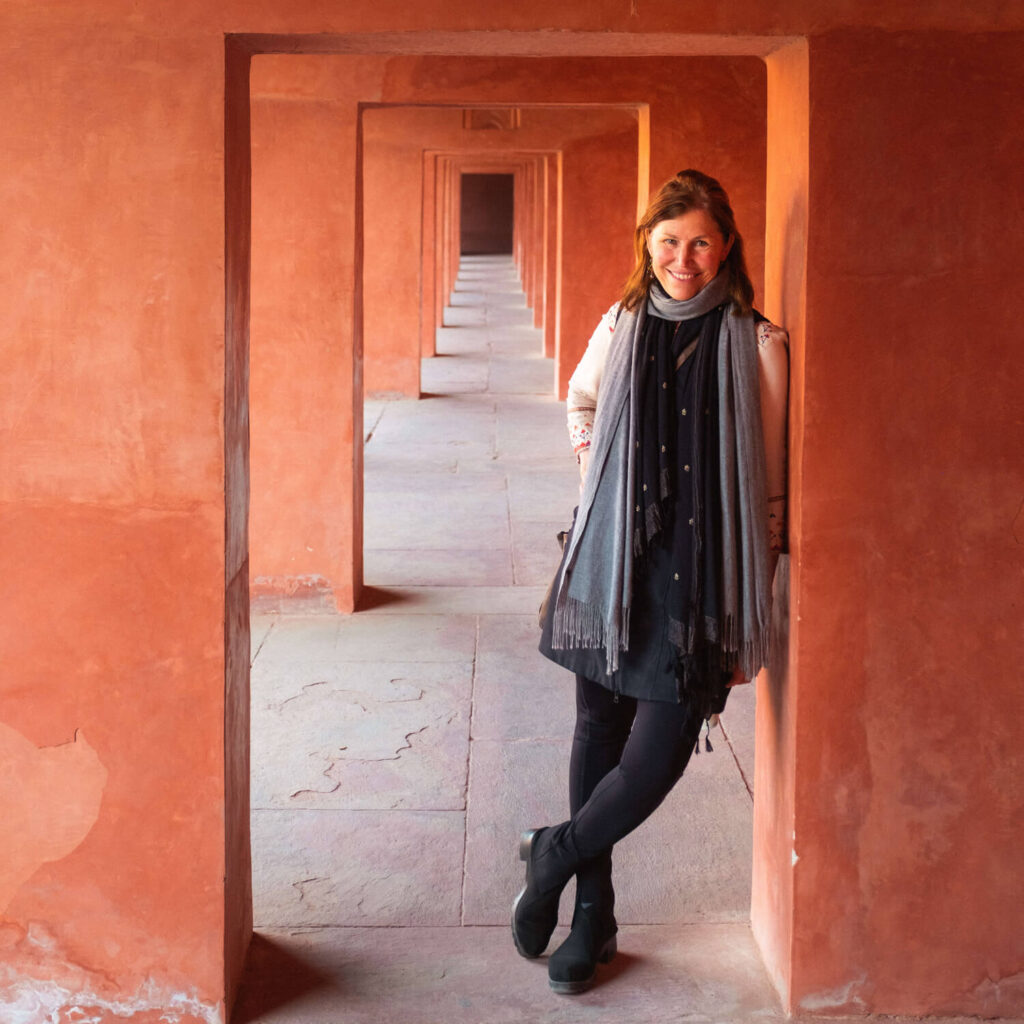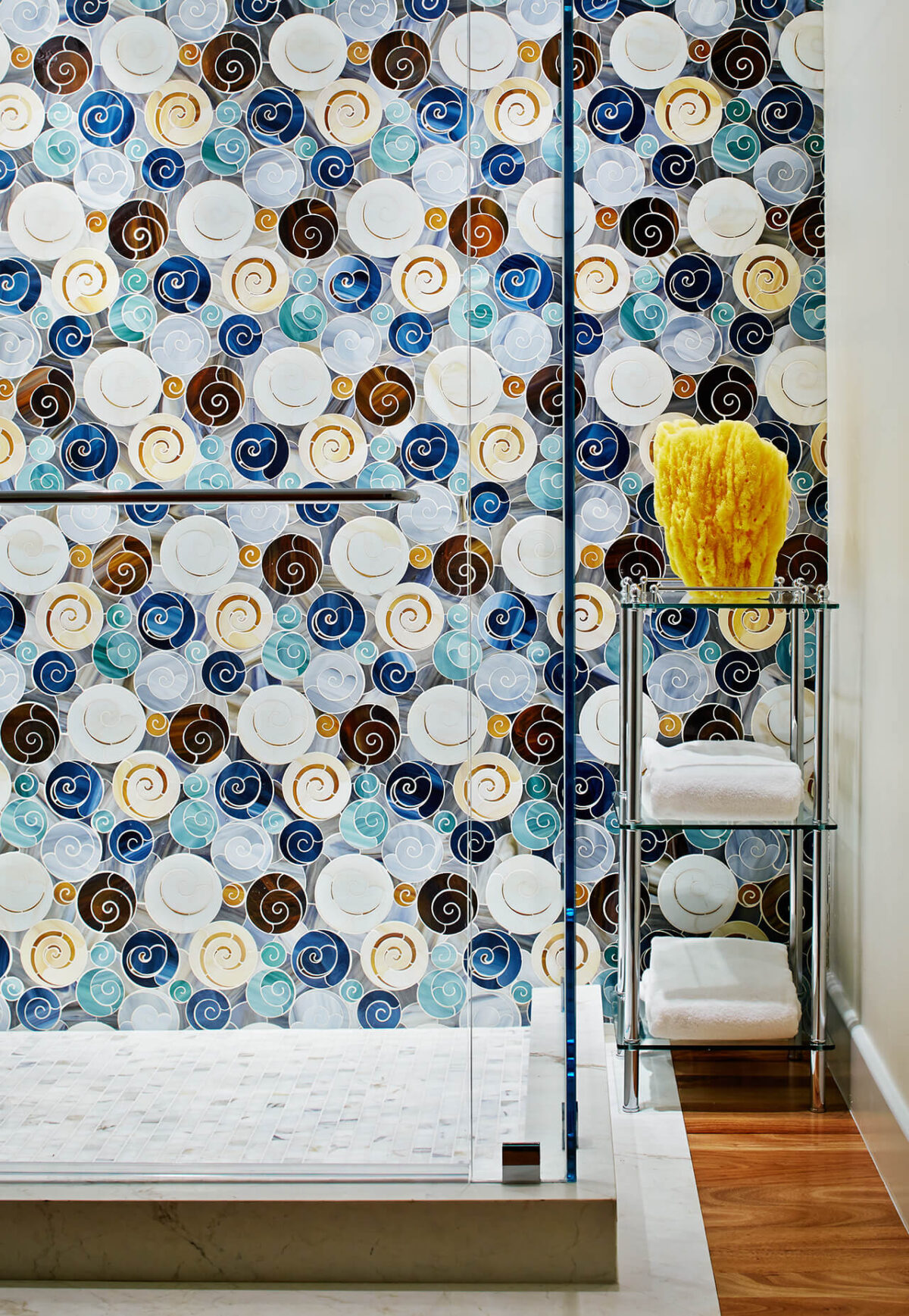Think about the pleasure you get from sinking into your favorite cozy couch. That sigh of contentment as you prop your feet up on a well-placed ottoman. Beauty and comfort soothe, restore and energize us but just how much does our environment actually contribute to our emotional and physical health?
For more than two decades, award-winning designer Lisa Staprans has studied how surroundings can transform our state of being—a philosophy she calls the “soul of design.” The Los Altos native applies those principles to not only create swoon-worthy interiors but also to improve the health and happiness of her clients. In her forthcoming book, The Soul of Design and the Neuroscience of Beauty, Lisa shares her discoveries, insights and observations. In advance of its publication, from her home studio in Portola Valley, Lisa talks to PUNCH about her approach and how to create soul in our own homes.
What is your concept of soul?
Soul is something that touches and/or opens up a voice deep within us that reveals our truest self. It can happen for people when they are inside a grand cathedral with natural light or in buildings that reach beyond our Earth. It can be in a majestic forest, on a mountain-top, in a simple flower or branch or sitting in a chair that comforts and supports us.
How did you develop your “Soul of Design” philosophy?
I had cancer a little over 20 years ago. During my recovery, the head of TED INK India saw a house I designed in Portola Valley, and said, ‘This house just feels, it has a soul, Lisa. … Would you do a talk about this at the conference?’ Writing the talk, I realized that I have a purpose. I have a legacy. I love what I do, but I didn’t want to just do it for the sake of doing, or to fill up a house or place with things. So, getting very sick, wondering if I would survive, and then doing what I do and not wanting to just take up space—that’s where the “soul of design” came into more of a cohesiveness.
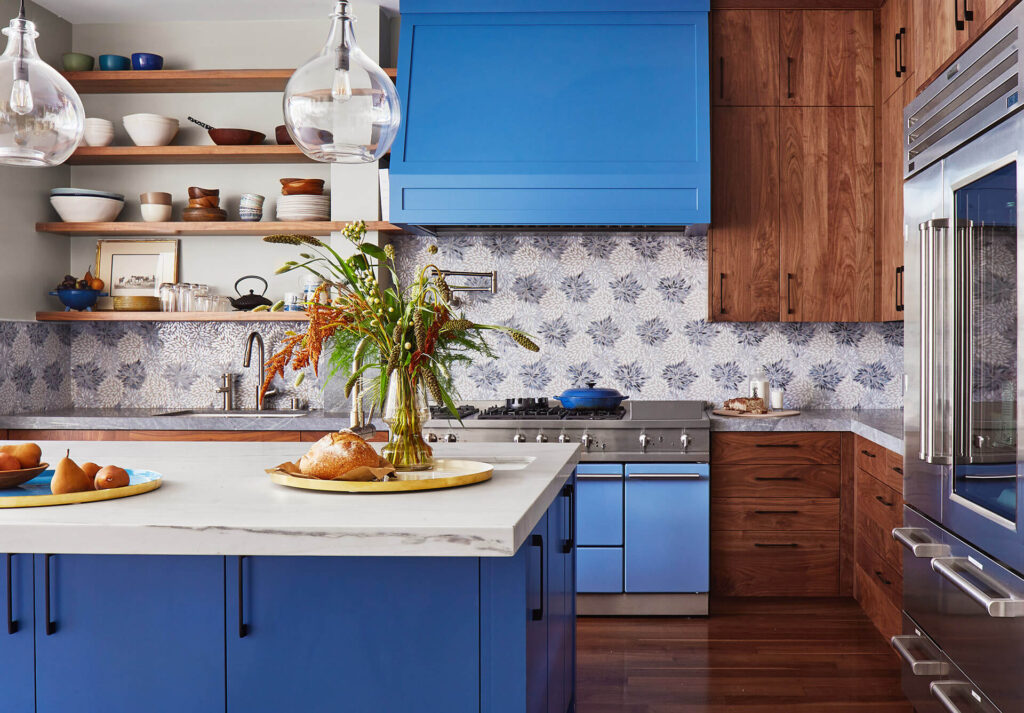
So, even before you articulated that connection, you were putting it into practice?
Even on my first trip to Europe, at 17, I marched into the Sistine Chapel and lay down in the middle of the floor, which you’re not supposed to do. I had this desire inside of me that I had to see things a certain way, and I had to see them in a specific alignment. So, I have to say it happened very organically. I didn’t set out to be the interior designer I am today.
Have you dived into the scientific research behind the soul-design connection?
I collaborate with a neuroscientist from Stanford, a wonderful doctor from Stanford (a monk before he became a renowned doctor), and one of the co-founders of the Greater Good Foundation in Berkeley. They’re helping me with the science articulation and understanding the neuro-transmitters and what’s released from your initial reactions to things into your neurochemistry, into your biophysiology. It is vital that what I talk about, write about and practice has a strong scientific foundation. I also do a lot of reading and research. I study ancient cultures. I do not want people to think I am just a right-brain creative; I do ground my ideas in left-brain thinking. Very yin and yang.
What have you learned?
There have been studies that in a particular environment, you’ll be less afraid. Your pulse and your heart rate will come down. For example, in the Stanford Hospital atrium is a circle of beautiful cast glass by an amazing glass artist, and it just bounces light around. It makes you feel like you’re embraced by an angel or wings or something that just makes you feel safer. It’s very subliminal, as it should be. But if you start to study spaces that make you feel a certain way—and I do study this around the world—there are elements in all those spaces that tie to each other. And thankfully, now we even have more neuroscience realizing how much this impacts human anxiety and health.
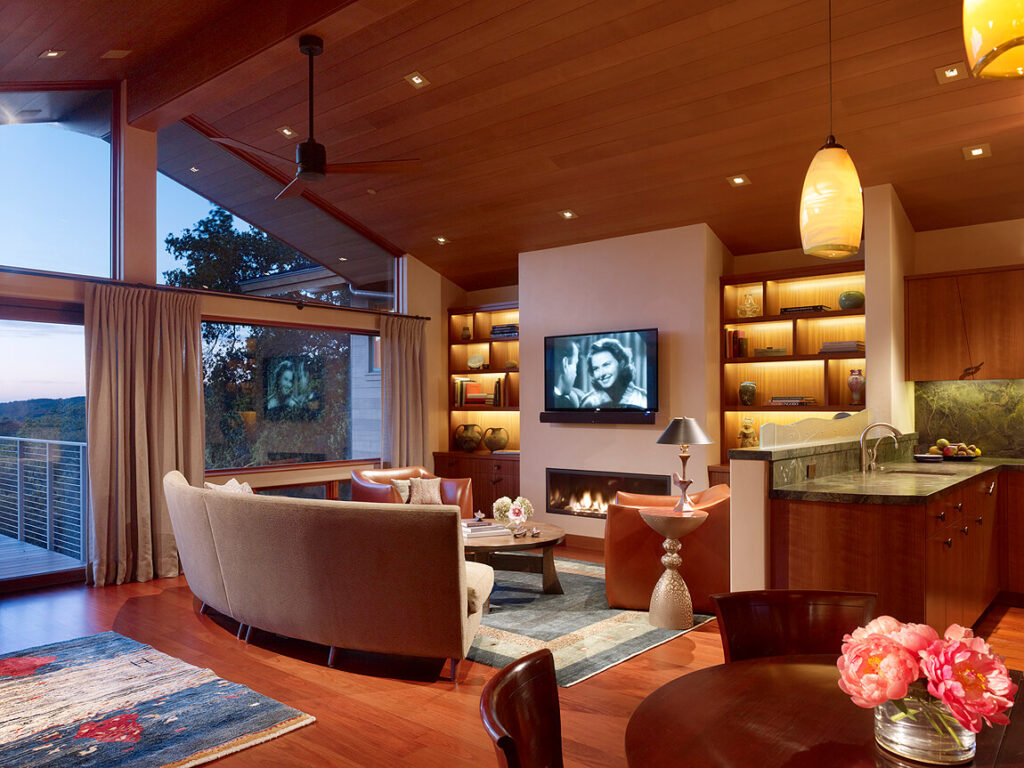
What elements lend soul to a home?
I always feel it’s important to bring colors from the outside inside. And daylight planes, natural light. Even when we do a lot of work with artificial light, there should always be ways to set moods. And the flow: There’s always a sense of path in place. Also, the layering of tactile experiences.
Are there certain elements or ideas that you always try to pull in for your Peninsula clients?
I always celebrate local artisans and companies, local colors and the local light and nature. At a house right here in Portola Valley, we created the whole kitchen island out of this just incredible big piece of California walnut that had been a felled tree. The entire family came out to the yard to find the raw wood—the grandchildren and the grandparents and the clients. It was a local journey to a local place to create the center of their home.
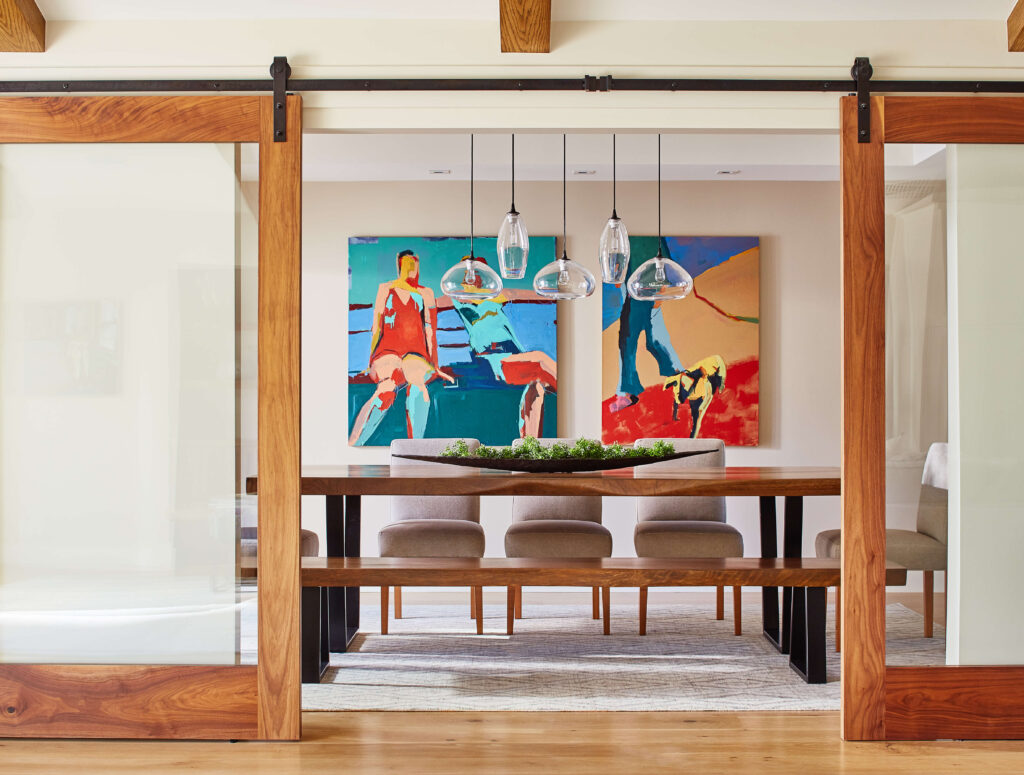
How does a home with “soul” look and feel different than a home without it?
It is a subtle difference. A home without a soul is not as intentional; it does not celebrate daylight, placement on site, colors or objects. The curtains might always be closed. I hate closed curtains. They make me crazy!
How do you stay centered?
I have a meditation practice. I do extreme sports…
Extreme sports?!
I’ve finished three ultramarathons, 100K each. Out there when you’re in that zone, it’s tough—you have to dig deep. It’s a very, very personal place. Ultras take you to that deep place just by nature of being an ultra. I’m saying, let’s quiet our lives and minds to get to that truth of ourselves without any outside influences. That’s your true self, not the reaction to what the outside world says you are. If we can find that through our environments to be our best, truer selves, whatever that is—that’s what a soul is.
